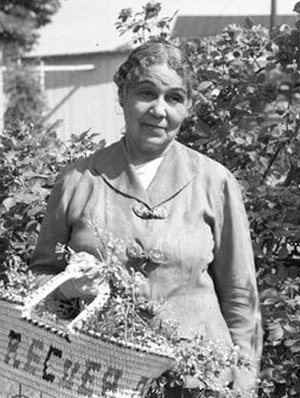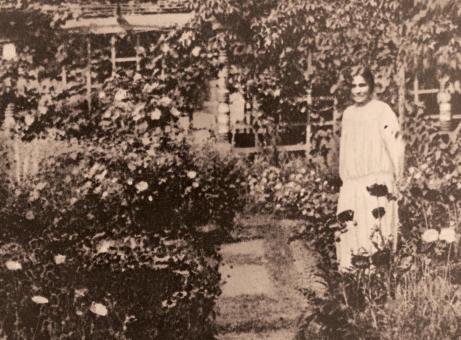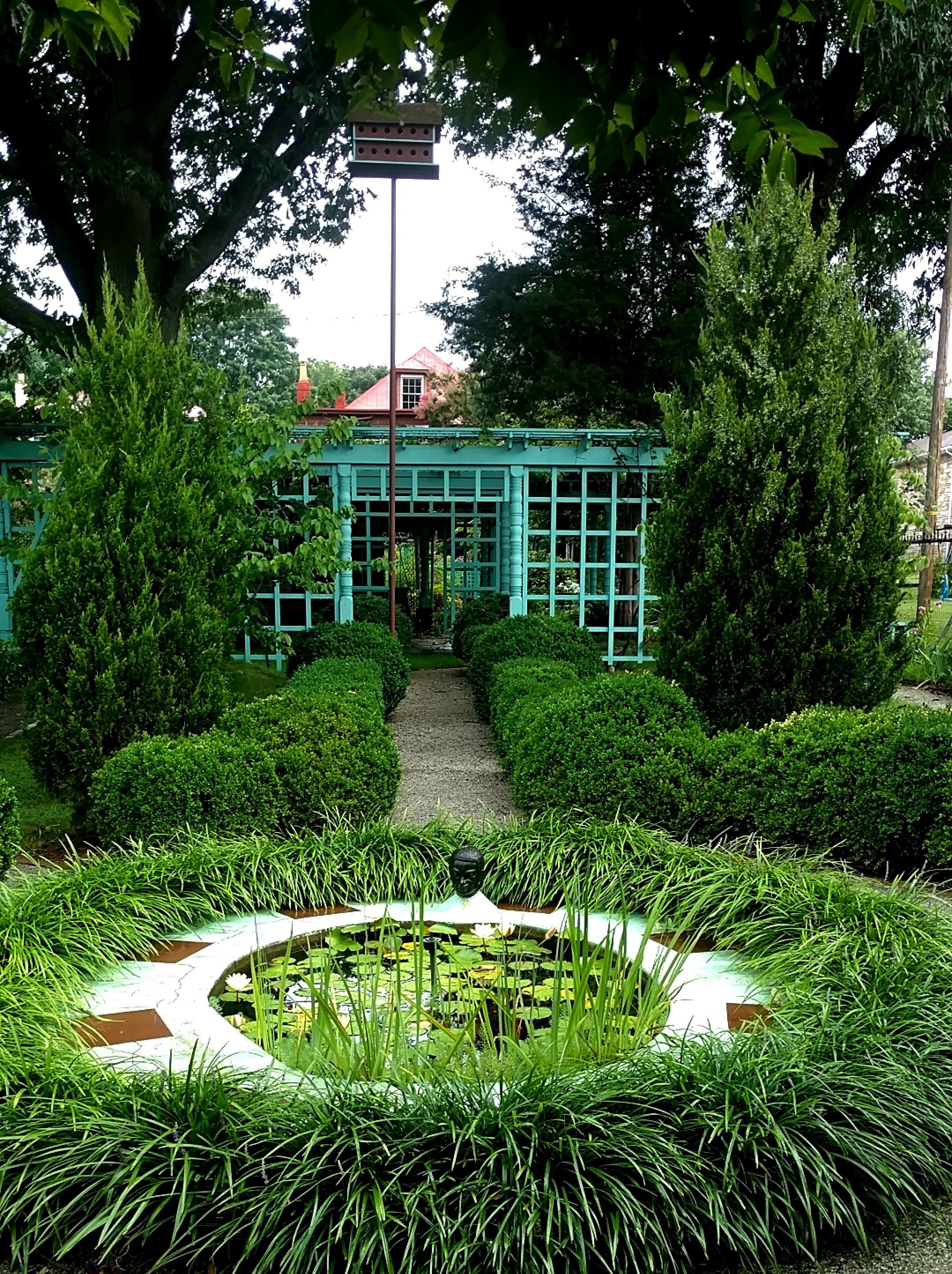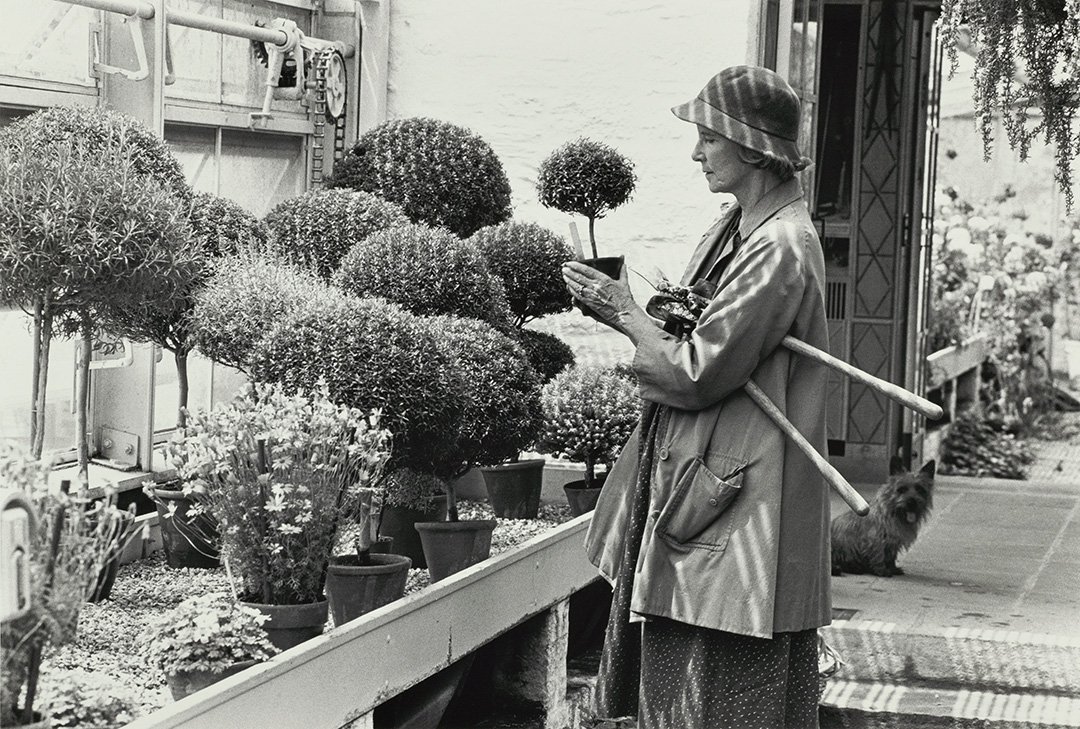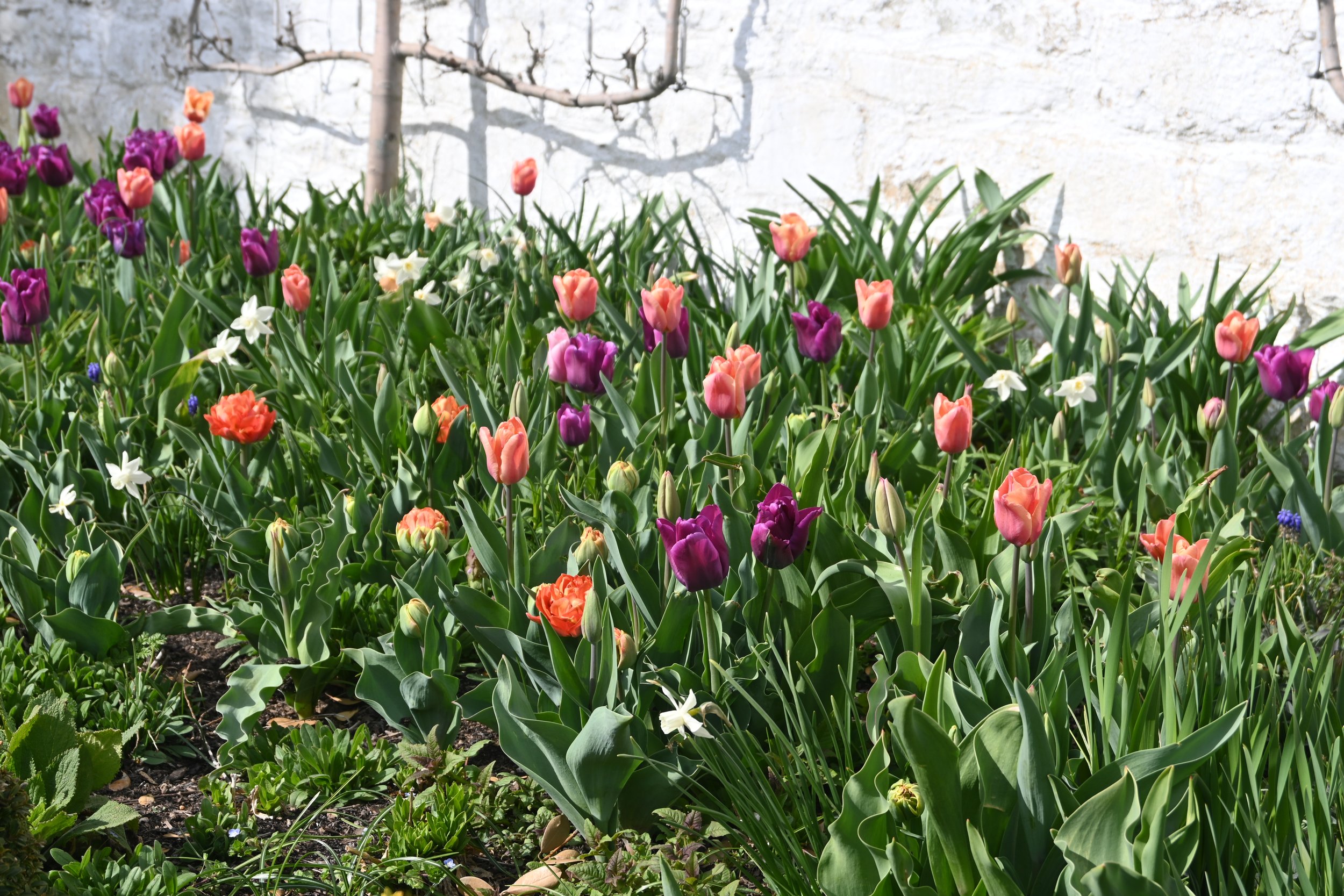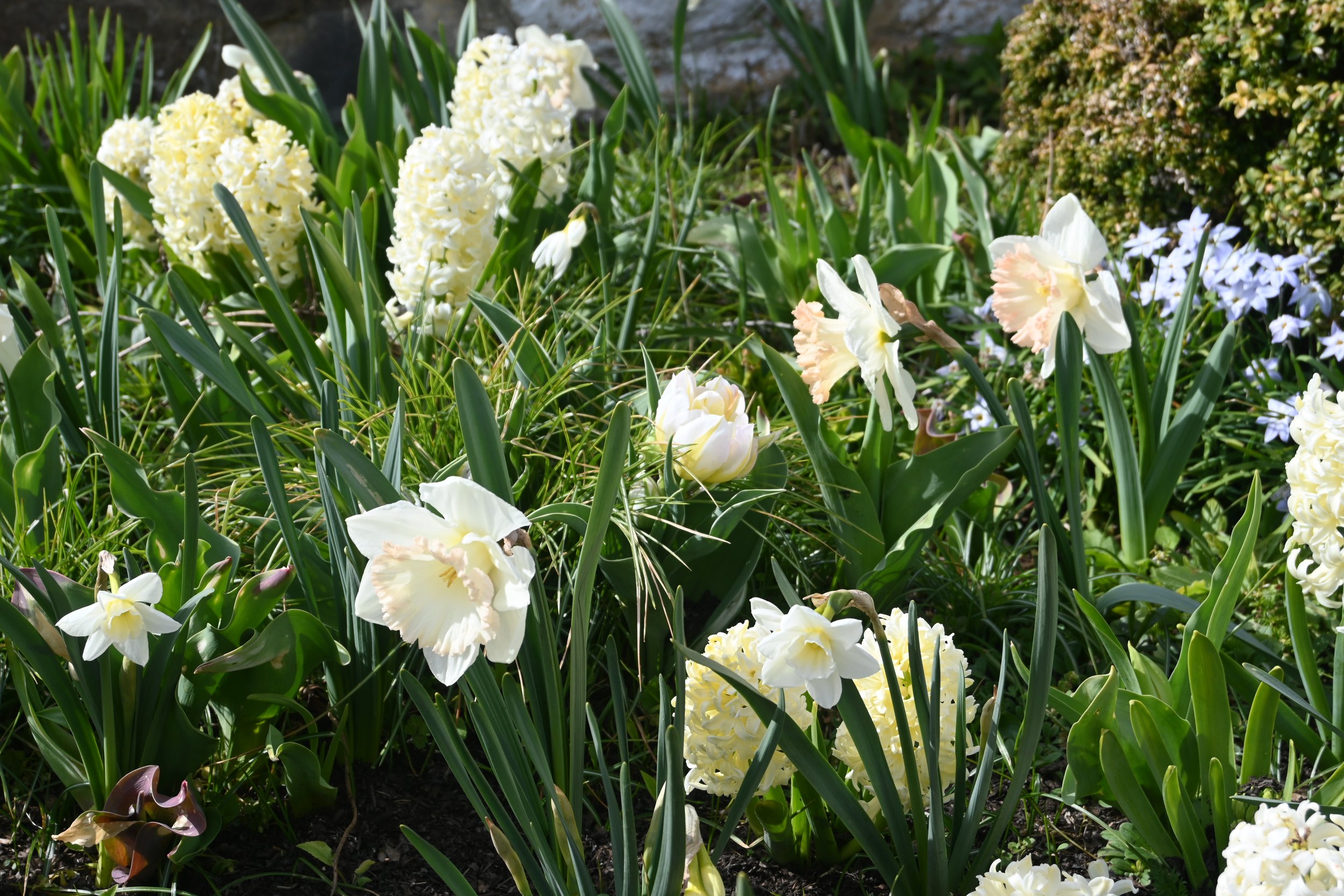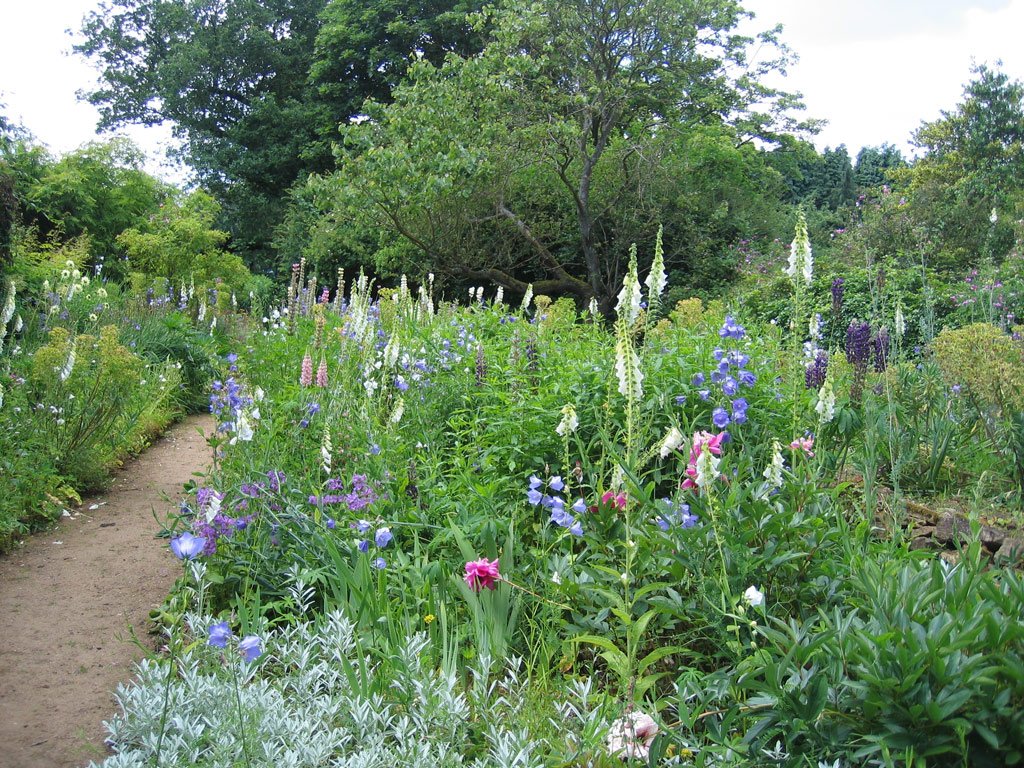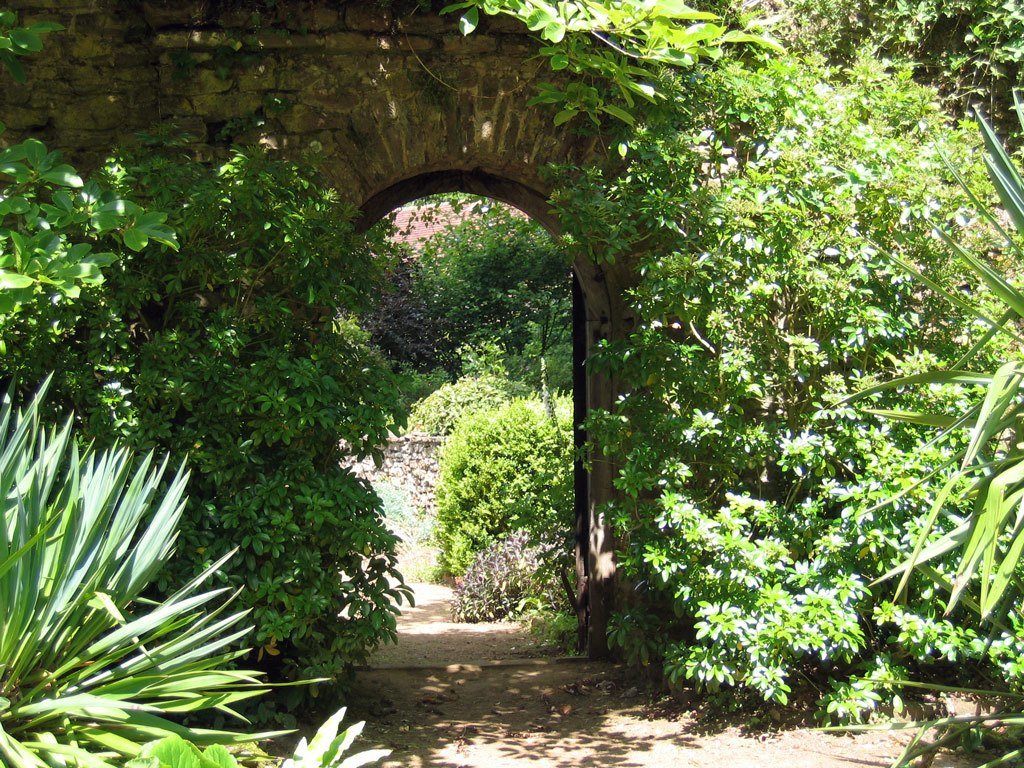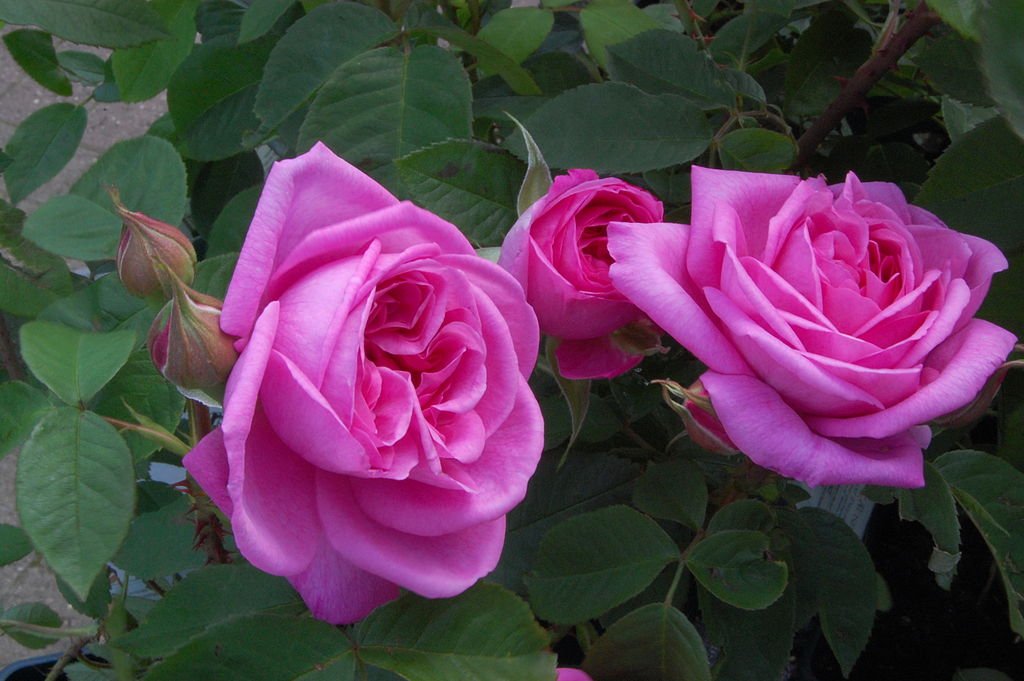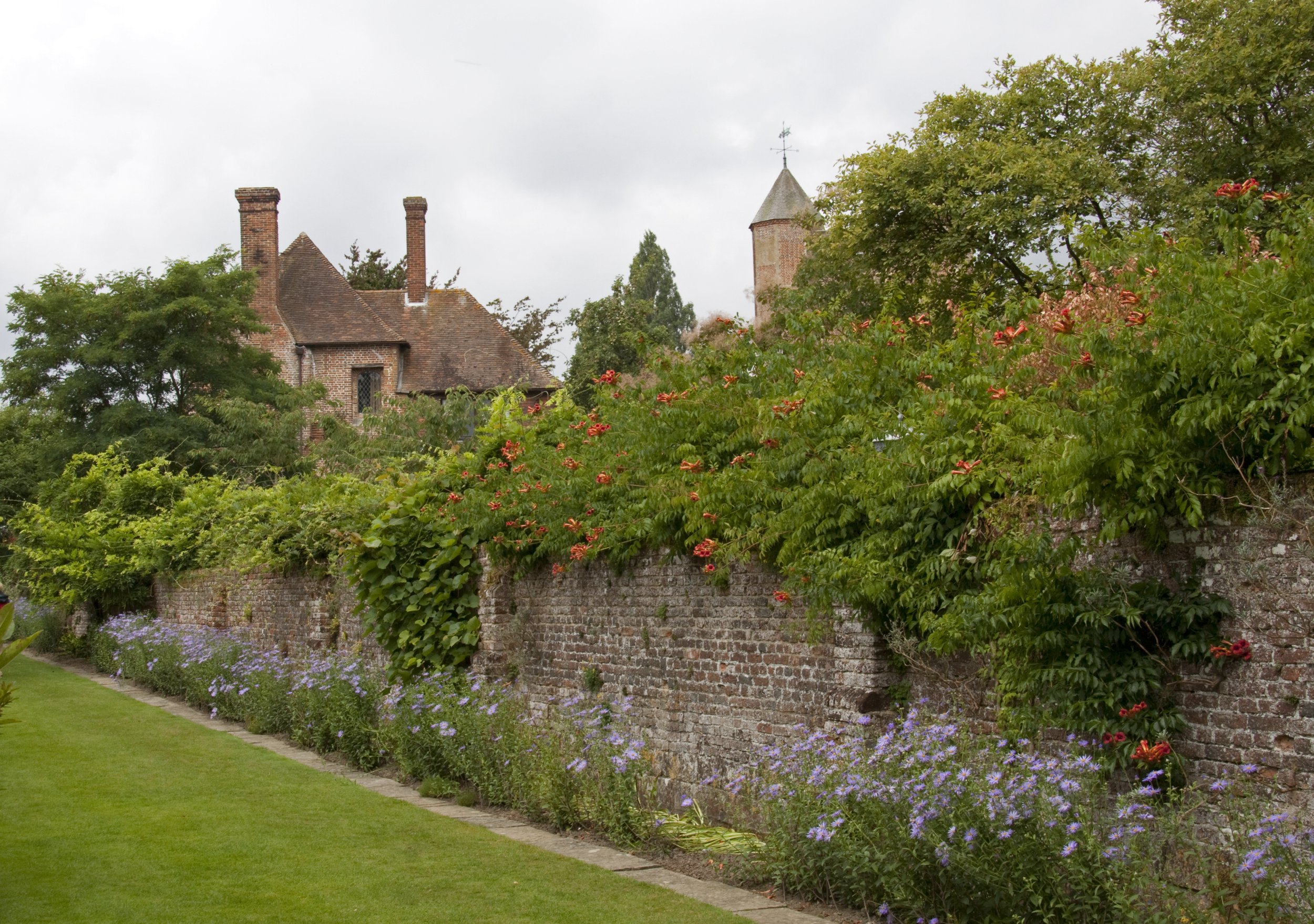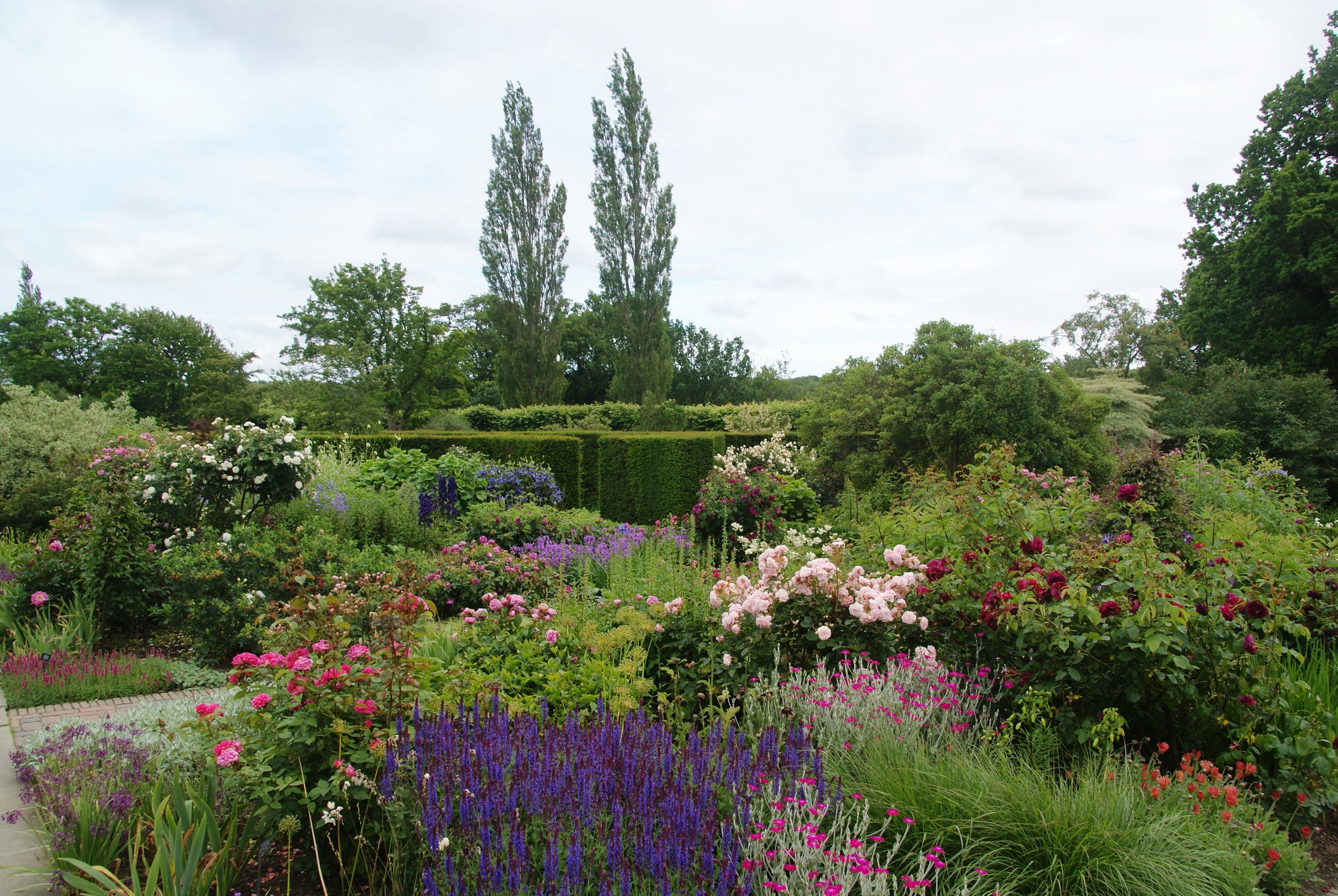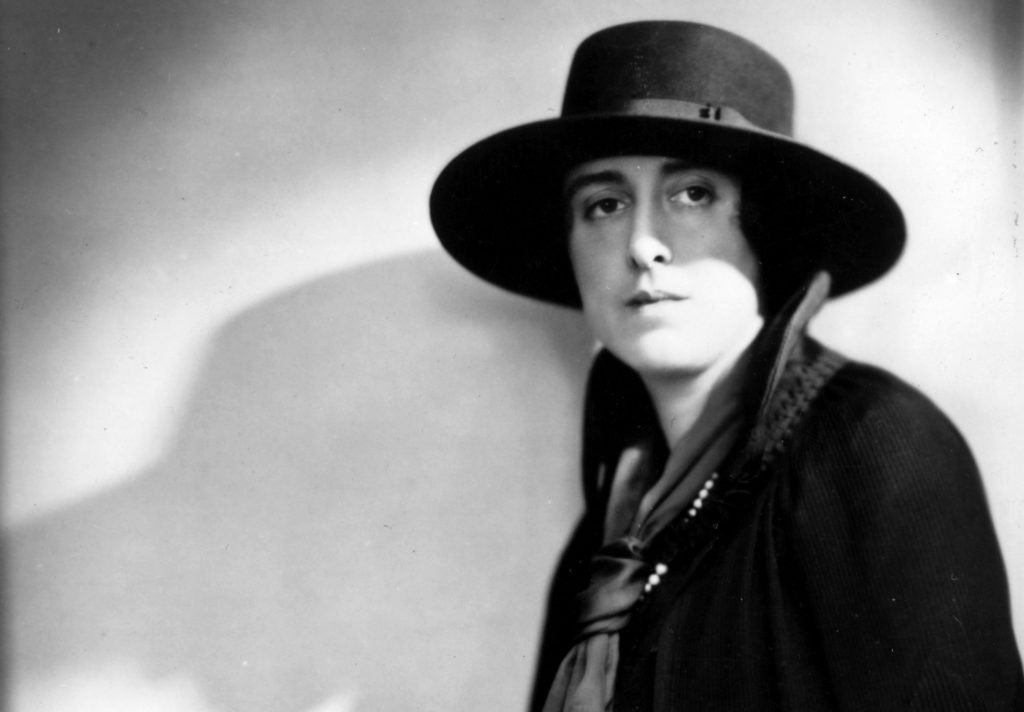Historic Plantswomen
OSGF
The gardens we know today are inspiring– the designers who created them took many approaches, influenced by their upbringing, travels, or their inner circles. Many of our modern notable gardens have inspirational roots from spaces which were historically designed by women. While many did not receive formal training, this didn’t stop them from convening in their own ways to radically change the way we view gardens today.
It’s no easy task to pair this list down to just four, but to usher in National Garden Month, read on and learn about the lives and legacies of several plantswomen.
Anne Bethel Spencer
(February 6, 1882 – July 27, 1975)
Not only is April National Garden Month, but it’s also National Poetry Month. It’s no secret that many of our famed poets derive significant inspiration from gardens, landscapes, and the plants that inhabit them. Anne Frances was no exception. Throughout her writings, it is clear that gardening became the subject for her poetry and that her poetry influenced her approach to gardening. Born in Henry County, Virginia, she attended Virginia Theological Seminary and College – a Black college of its time – in 1893 at age 11. It was during her time there that she met Edward Alexander Spencer, and they were later married in 1901. She moved into Lynchburg with Edward into the home where she would remain for the rest of her life.
“. . . Nature merely demands that we be fresh in the Spring.”
It was in this home that Anne was visited by Langston Hughes in 1916 and James Weldon Johnston in 1919, who both encouraged her to pursue her interests in poetry. Anne and James remained in close contact after his visit and ultimately led her to form other close relationships with other Harlem writers of that time including W.E.B. DuBois. Her home, which is the only remaining restored garden owned by an African American in the United States, became a Black Meeting place for other Harlem literaries of that time.
Aside from her literary pursuits, she devoted a great deal of time in her garden and Writing Cottage which she named Edankraal (the prefix being a combination of Edward and Anne, and the suffix being the Afrikaan word for corral). Her garden was designed as a series of formal rooms with interwoven hedged paths. A robin’s egg blue pergola leads to a small seating area with a pool and bronze sculpture which was gifted to her by W.E.B. DuBois. Not only a garden designer, Anne was a skillful horticulturist and plant breeder, developing a candy-striped peony which she selected and grew from seed.
Bunny Mellon
(August 9th, 1910- March 24th, 2014)
We would be remiss if we did not include our very own Mrs. Rachel “Bunny” Lambert Mellon. Bunny’s interest in gardens was ignited in early life from observing the Olmsted brothers, whose hands tended the landscapes of her childhood home, Albemarle. This led to the development of a small fifteen-by-fifteen-foot garden plot, which she initiated at age seven, and the beginnings of a small garden library, which would continually expand throughout her lifetime.
“Gardening is a way of thinking [...] Landscapes must put together things of nature that correspond to the person as well as the place. It must inspire calm and peace. ”
Entirely self taught and inspired by French (Andre Le Notre and Jean-Baptiste de La Qunintinie) and Italian garden plans, as well as the illustrations of Beatrix Potter, Bunny became an expert on the American style of gardening. In designing the gardens of Oak Spring her approach was purposeful, with a blended approach and subtle design so that nothing would be noticed. Later, in the summer of 1961 President John F. Kennedy sought her out and requested she redesign the White House Rose Garden. Finding inspiration from the iconic saucer (Magnolia × soulangeana) and star magnolias (Magnolia stellata) of the Frick Collection, she began to sketch out the design which was completed on April 24th, 1962. In a similar style to reflect the Rose Garden, Bunny also set out to design the East Garden collaborating with Lady Bird Johnson, which dedicated the Jacqueline Kennedy Garden on April 22nd 1965.
Gertude Jekyll
(November 29,1843-December 8, 1932)
Gertrude Jekyll is of the most influential and seminal English horticulturists, plant breeders, and garden designers and her relationship with plants began at an early age. Moving from London to the undeveloped countryside of West Surrey as a child, Gertude’s memories were filled with her interactions with nature. Upon receiving a copy of Flowers of the Field by Rev. C.A. Johns, she began to study the flowers near her childhood home, Bramley House. It was here that she and her sister were given small plots to create their own gardens planting primroses and forget-me-nots. After attending Kensington School of Art for two years, in 1863 she traveled to Turkey, and to many of the Greek Islands. This trip is cited as a critically influential moment for Gertrude’s life and work, and during it she took deep interest in illustrating the plant life in large part due to her travel companions, Charles and Mary Newton.
“For I hold that the best purpose of a garden is to give delight and to give refreshment of the mind, to soothe, to refine and to lift up the heart in a spirit of praise and thankfulness.”
Her artistic pursuits continued for almost a decade as she cultivated her skills and developed friendships with renowned artists like G F Watts. The home and landscapes she lived in transitioned following the passing of her father in 1876. It was then that she began in earnest, designing the gardens at the home her mother constructed, Munstead House. The plantings were so successful that the garden became famous with many traveling to seek out her design expertise.
Some years later, it was decided that she and her mother would have separate homes, which led to the construction of Munstead Woods designed by famed architect Edward Lutyens. This meeting and collaboration forged a lifelong friendship where many of his designed homes were paired with gardens designed by Gertrude. It was following the construction of Munstead Woods in 1899 that Jekyll published what would become the first of many books, Wood and Garden. Today her garden writings remain in canon amongst horticulturists and garden designers.
Vita Sackville-West
(March 9, 1892- June 2, 1962)
Not to be overlooked, Vita-Sackville-West stakes her place as another influential English gardener, prolific writer, and poet.
“One of the nicest things about gardening is the sudden surprise we may get when something we arranged years ago comes into its own and is at last doing what we had intended to do.”
Vita was born into aristocracy and grew up on the family’s estate, Knole. She became extremely attached to her childhood home but due to controversy surrounding her ancestry and a litigious campaign by her mother’s siblings, it was cemented that she could never inherit it. This all began to change in 1913, when she married diplomat and journalist Harold Nicolson.
Embarking on what would become her first lasting garden, she and husband Harold purchased Long Barn in Weald village, just a stone's throw away from Knole, in March of 1915 for 2,500 GBP. The design of this three acre garden was informed by her early childhood travels to Florence and other parts of Italy, as well as more recent travels to Turkey. The two blended their styles equally– Harold with his rigidity and architectural lines, Vita with her romantic profusions of color. Gertrude Jekyll’s collaborator, Edward Luytens also had his hand in laying out the Dutch Garden and also provided a garden bench which still remains today. It was while living at Long Barn that Vita wrote The Land won the Hawthornden prize in 1927, and one of many poems in her ever growing literary catalog. They remained owners of Long Barn until it was sold in 1945, by then she had already devoted years to her next, and perhaps most famous garden, Sissinghurst.
Her second legacy was purchased in 1930. With the well managed gardens and buildings that are overseen by the National Trust, it may be difficult to imagine the property’s original state– abandoned and left in an uninhabitable condition. Again acting as collaborators, she and Harold began renovations on the Tudor style home and grounds. The gardens of Sissinghurst reflected a similar blending of styles, with arguably a more prominent romantic style approach. Later, in 1946, she published The Garden, a war poem depicting her experiences during the German air raids and received the Heinemann Prize. Vita also contributed a weekly gardening column for the Observer, which she continued to write up until a year before she passed in 1962.

